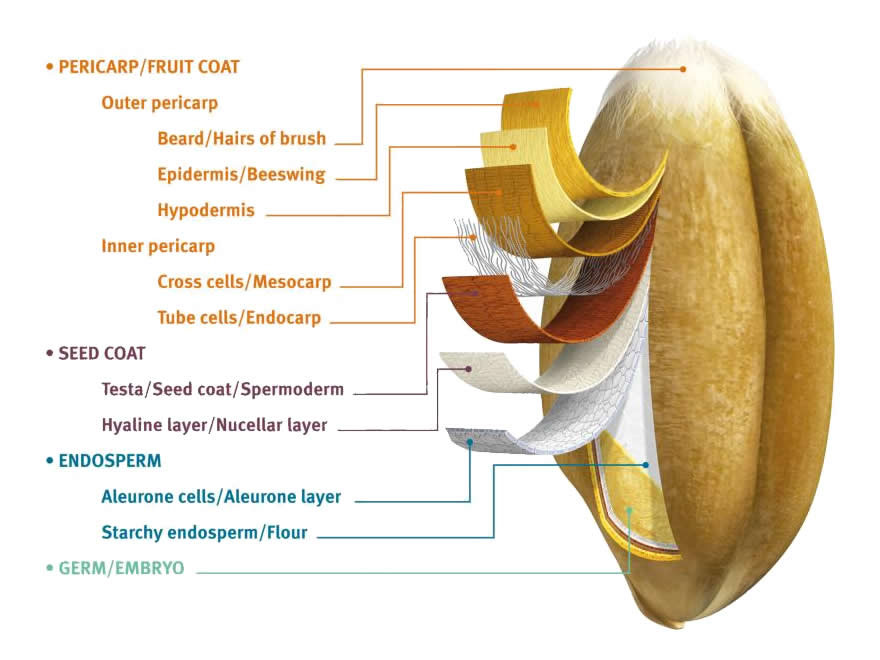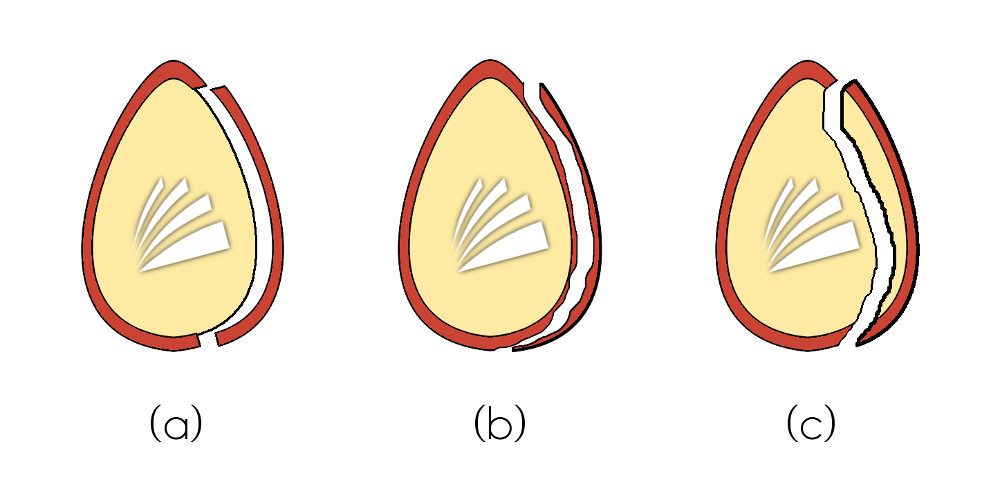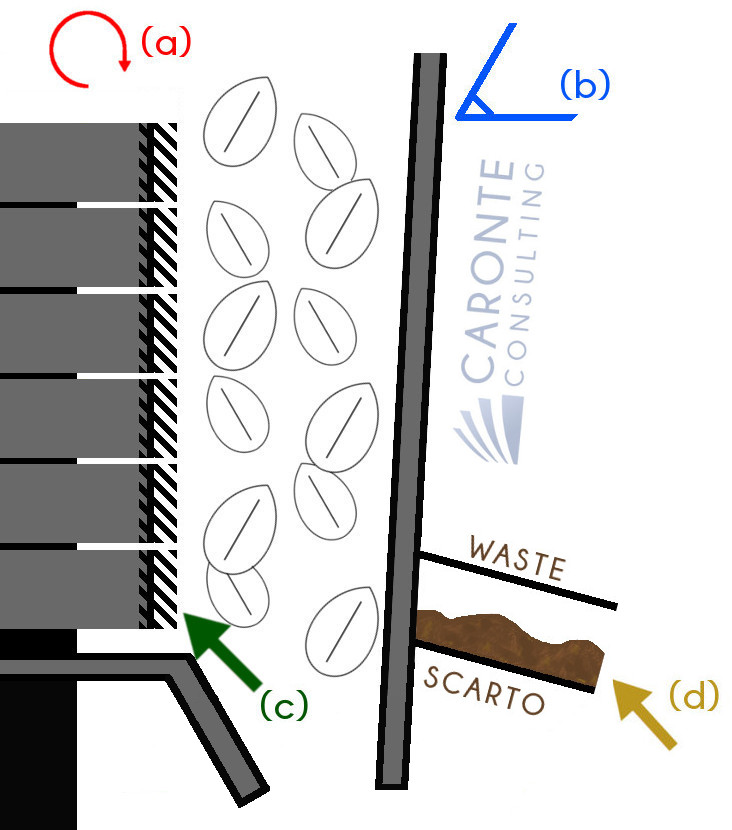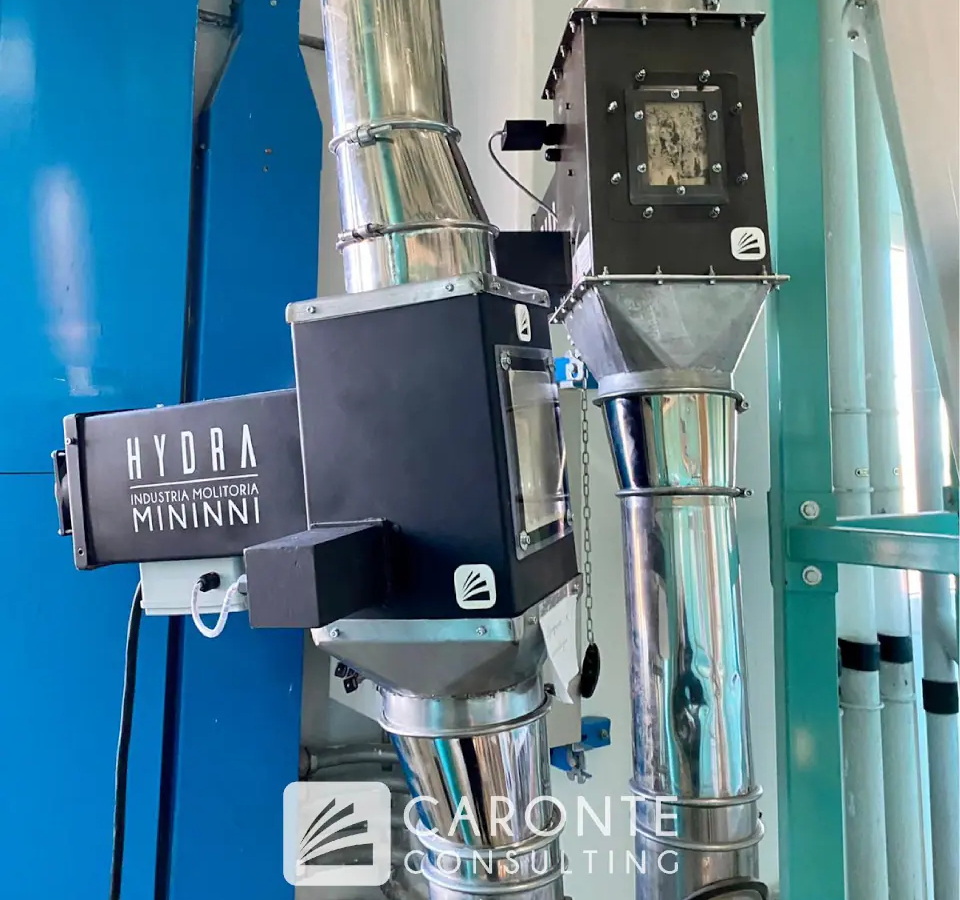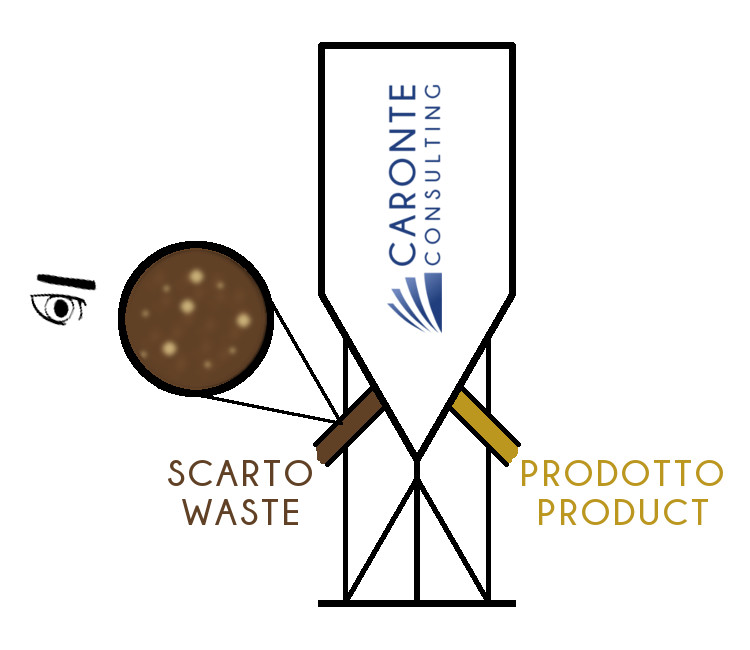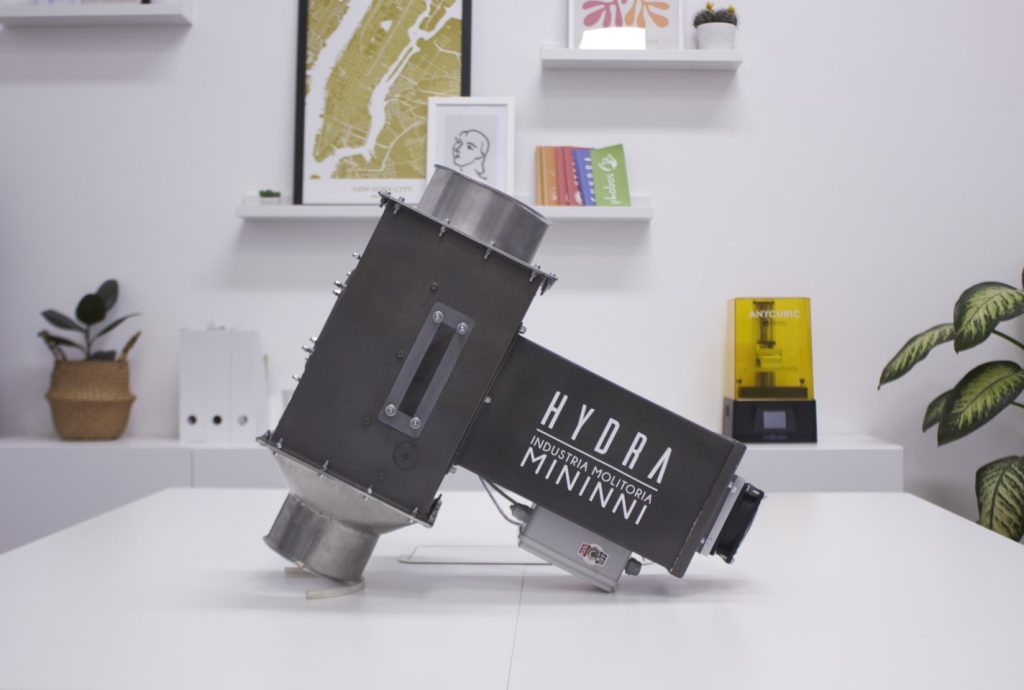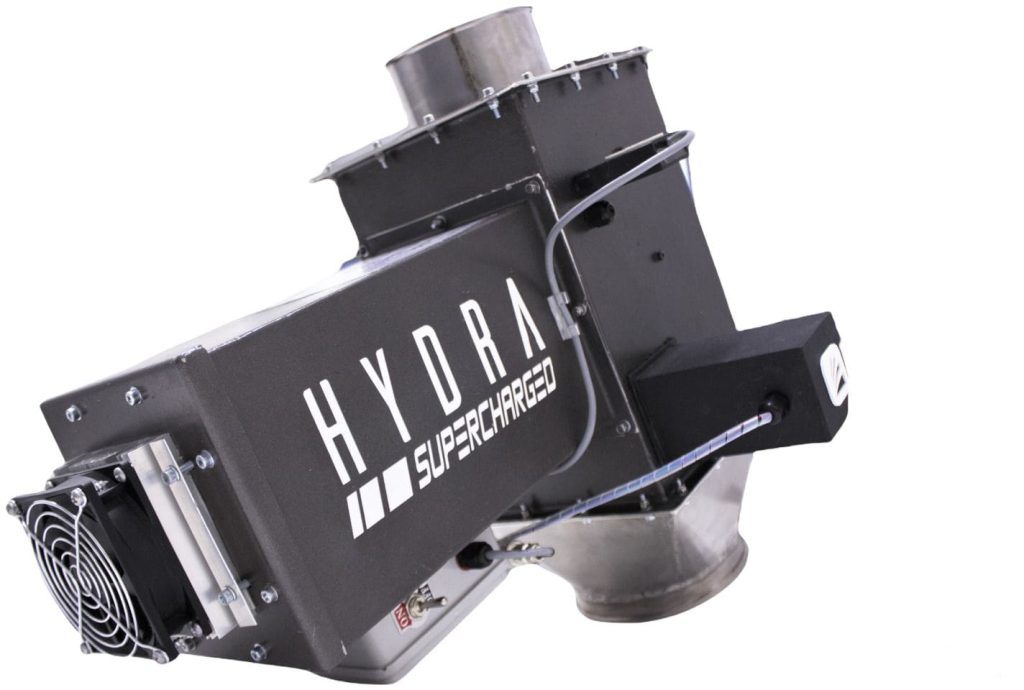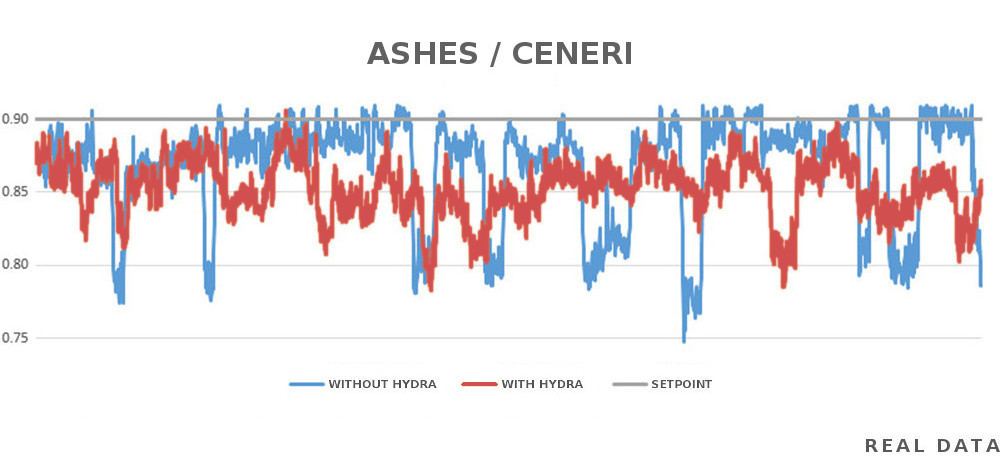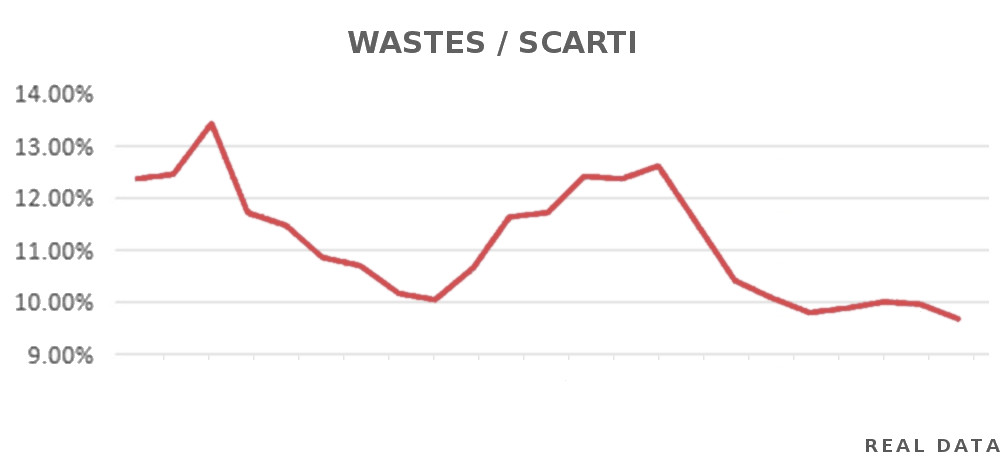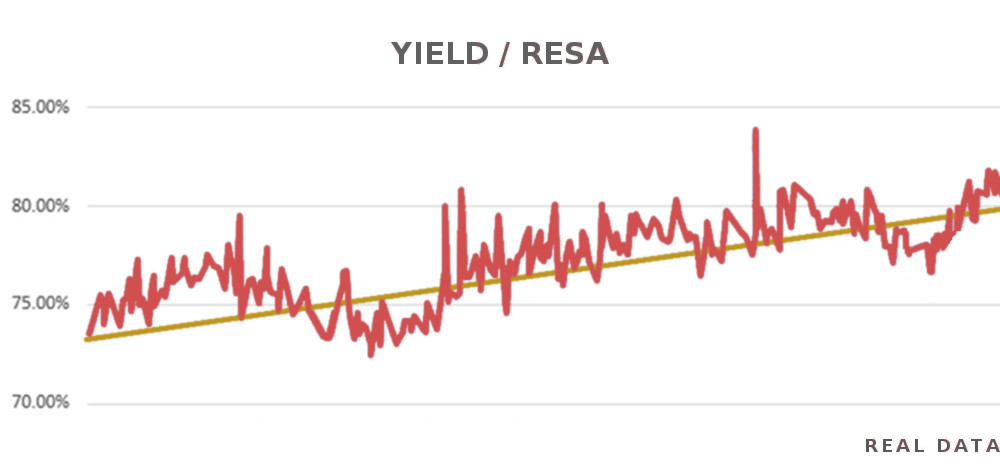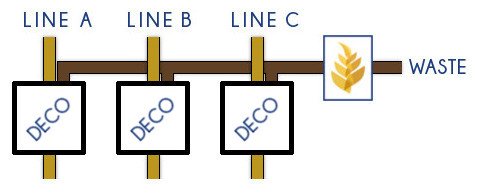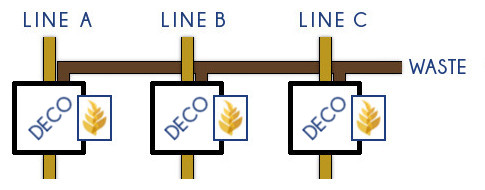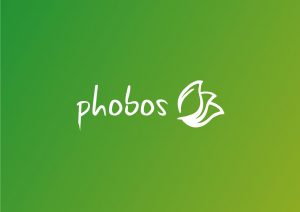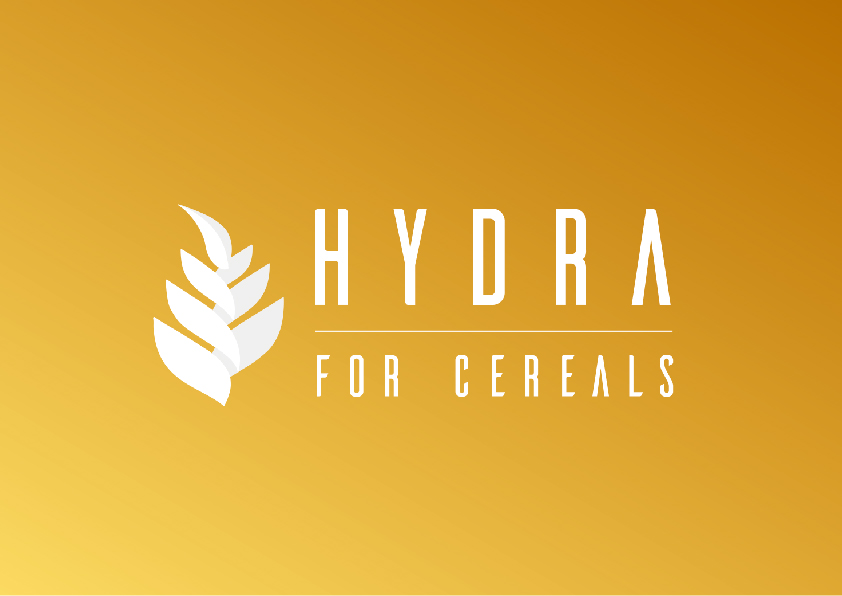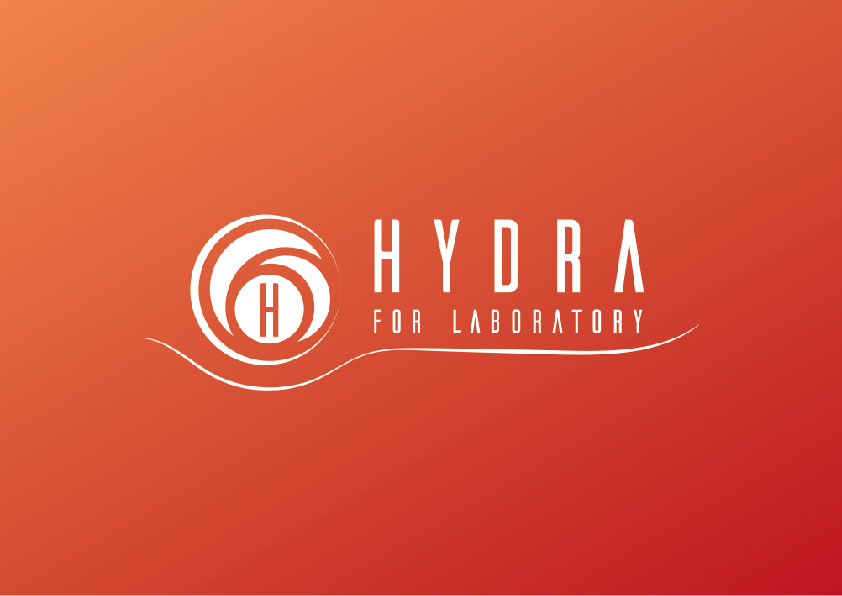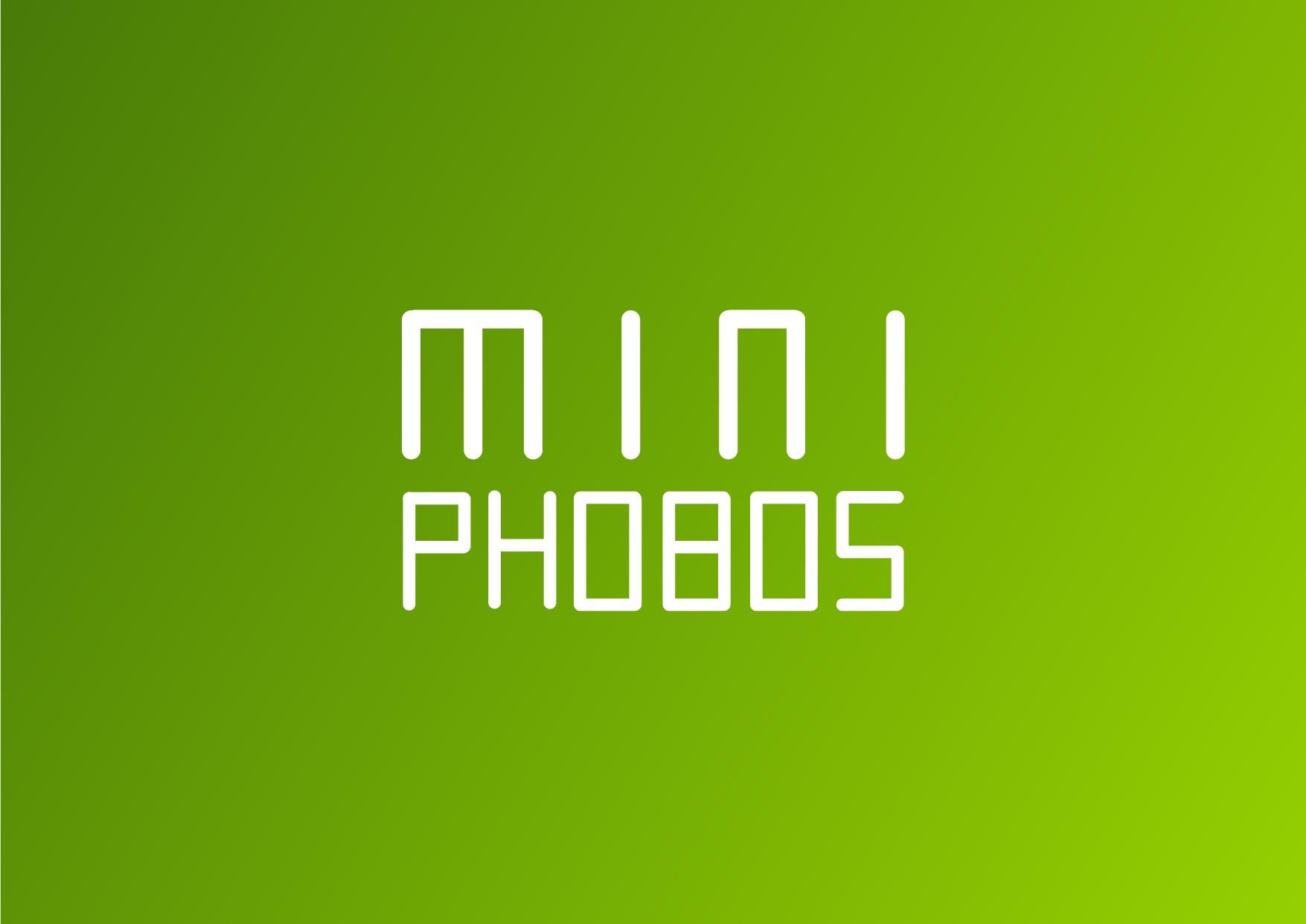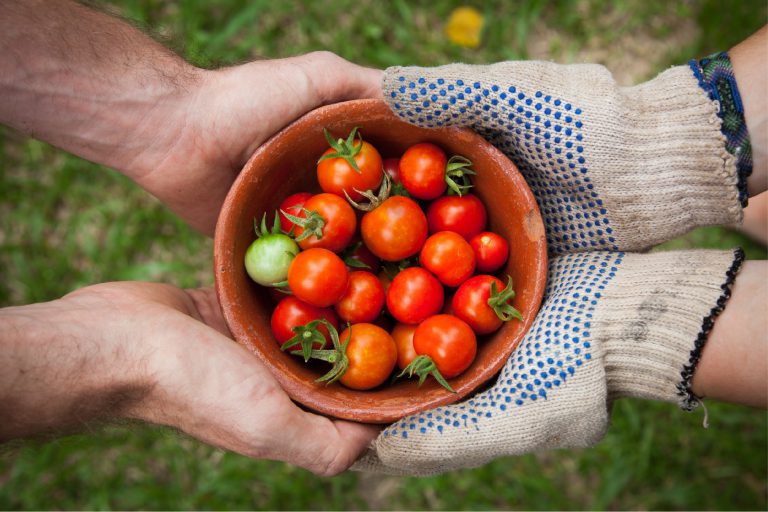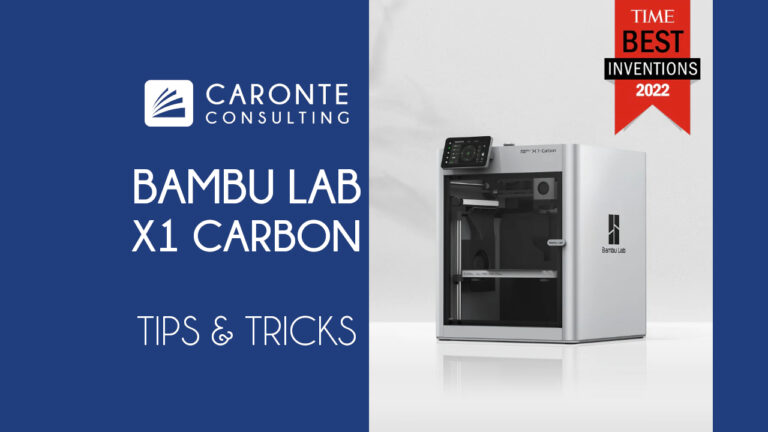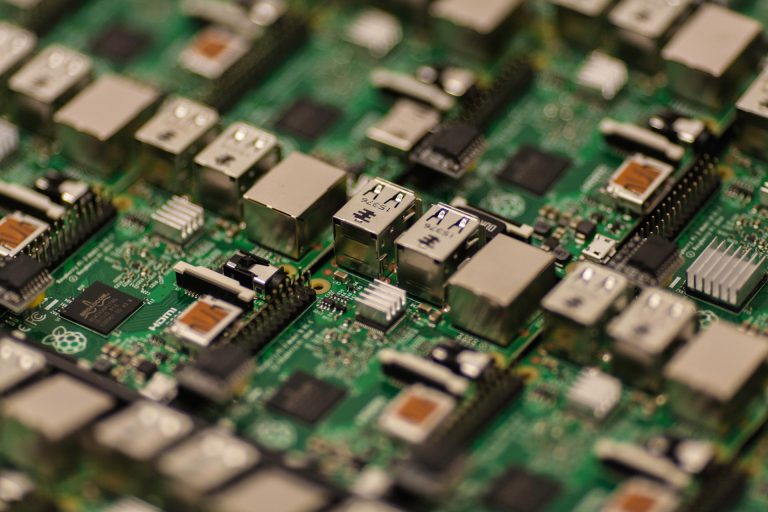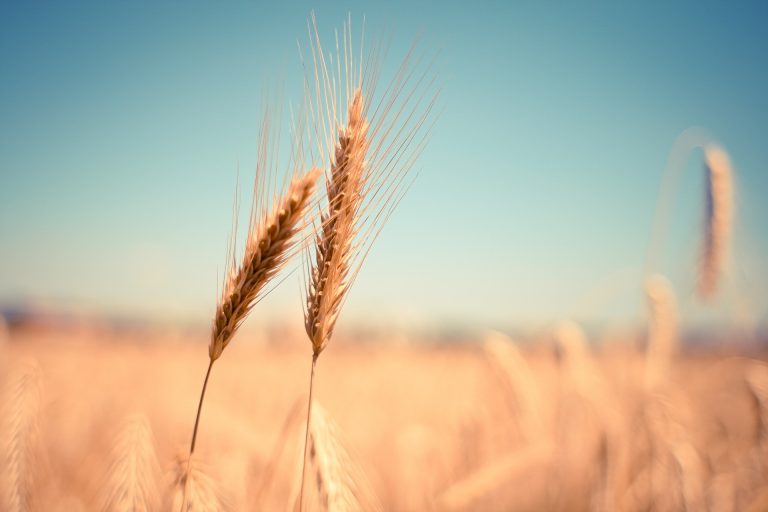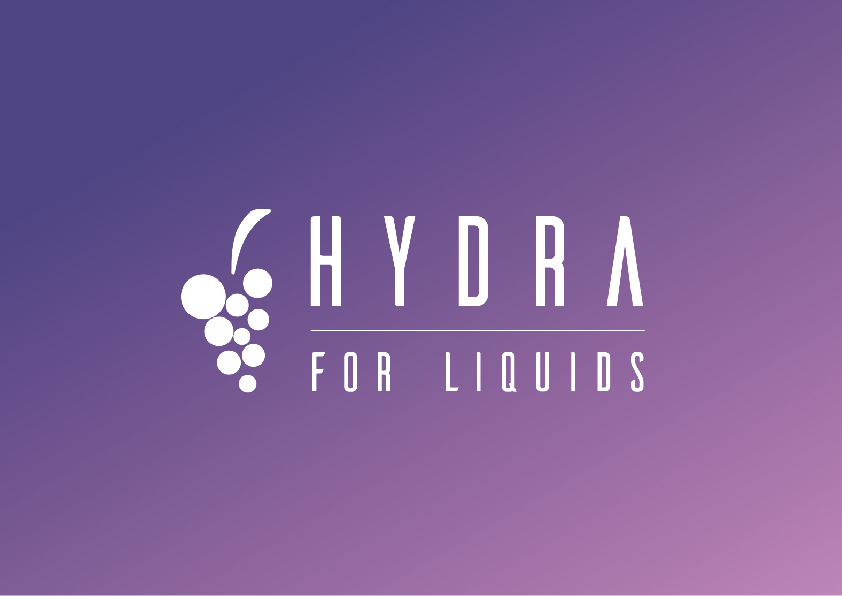
How is wheat grain made?
The wheat grain is composed of several bran layers that surround the endosperm and the germ. However, in this article we want to simplify the discussion by dividing the grain into 3 logical blocks: bran, endosperm and aleurone layer.
The bran is the external coating, such as the peel of the grain. The endosperm is located at the core of the grain and is the part that, appropriately separated from the bran, produces the semolina (in the case of durum wheat) or the white flour (in the case of soft wheat). The aleurone layer acts like a glue between bran and endosperm.
Separating the endosperm from the bran depends on both the characteristics of the grain and how it is debranned. In general, this is not a simple operation; however, the durum wheat, for the production of semolina, allows a simpler separation than the soft grains, for the production of all types of flour 1.

